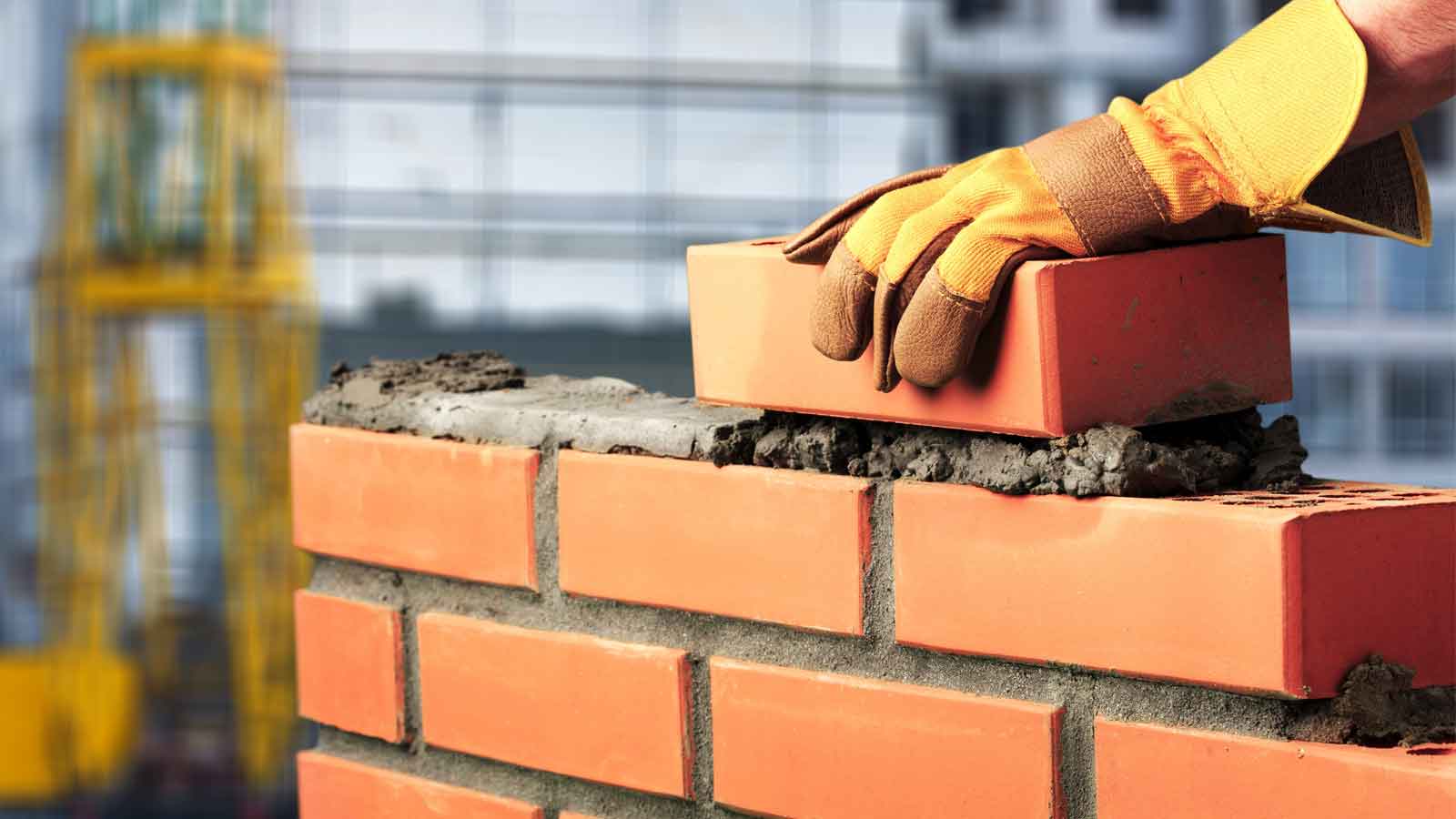Chimney Flashing and Cap Repair: Protect Your Home from Elements
Chimney Flashing and Cap Repair: Protect Your Home from Elements
Blog Article
Unlocking the Tricks of Lasting Stonework Building And Construction Practices for Eco-Friendly Buildings
Amongst the myriad approaches to environmentally friendly building, lasting masonry construction stands out as a tried and true and resilient approach that holds a riches of untapped possibility. From the selection of materials to ingenious construction methods, the secrets to accomplishing sustainability within stonework building and construction are complex and fascinating.
Benefits of Sustainable Masonry Building And Construction
Embracing lasting stonework construction practices not only lowers environmental effect however additionally provides lasting financial advantages to contractors and areas. By making use of materials like recycled bricks, obstructs, and rocks, building contractors can considerably lower the carbon impact of their jobs while promoting resource effectiveness. Additionally, sustainable stonework construction techniques, such as appropriate insulation and thermal mass residential properties, can improve energy efficiency within structures, causing minimized functional prices in time.
In addition, the toughness and strength of stonework frameworks add to lasting economic advantages. Buildings constructed utilizing sustainable stonework techniques commonly need much less upkeep and fixing, equating to cost financial savings for builders and homeowner. The durability of stonework products also makes sure that structures stay stable and safe, lowering the demand for frequent remodellings or substitutes.
Eco-Friendly Stonework Products
Using environmentally friendly masonry products is a pivotal action in the direction of improving the sustainability of building methods and reducing environmental impact while optimizing long-lasting economic benefits. Lasting masonry materials are sourced, created, and utilized in a way that minimizes general ecological impact. Materials such as recycled bricks, reclaimed stone, and lasting concrete blocks are coming to be increasingly prominent options for eco-conscious builders. Recycled bricks, as an example, not just divert waste from land fills however likewise need less energy to create contrasted to new blocks. Reclaimed rock offers a special visual allure while reducing the need for brand-new quarrying. Sustainable concrete blocks incorporate recycled aggregates and may feature improved insulation residential properties, adding to energy performance in buildings.
Additionally, natural products like adobe, rammed planet, and straw bundles offer exceptional thermal mass buildings, minimizing the need for home heating and cooling down energy. These materials are usually in your area offered, advertising local economies and lowering transportation-related carbon exhausts. By selecting environmentally friendly masonry products, building jobs can significantly decrease their environmental impact and add to the production of much healthier, a lot more sustainable constructed atmospheres.
Energy-Efficient Stonework Methods
Energy performance plays an important duty in improving the sustainability of masonry construction methods. One key energy-efficient stonework technique is the use of thermal mass, which entails integrating thick materials like concrete or block right into the building's framework to absorb and keep warm.

Developments in Sustainable Masonry
Recent developments in lasting masonry methods have brought about innovative methods that are reshaping the construction market. One such technology is the development of self-healing concrete, which utilizes bacteria embedded within the concrete to recover splits autonomously. This innovation not just minimizes maintenance costs yet also enhances the toughness of stonework frameworks, adding to their sustainability.
An additional remarkable development is using recycled aggregates in masonry building and construction - masonry contractor. By including materials such as crushed ceramic waste or recycled glass right into concrete blends, contractors can minimize the environmental influence of building projects while keeping structural integrity. This technique not only diverts waste from landfills but likewise conserves all-natural resources, making it a key innovation in sustainable stonework building
In addition, the assimilation of digital layout tools, such as Structure Info Modeling (BIM), is revolutionizing the method masonry structures are intended and created. BIM allows for even more precise estimations, decreased product wastage, and enhanced power effectiveness, inevitably resulting in even more lasting building practices. These technologies collectively symbolize an appealing future for lasting masonry building in the age of environmentally friendly structures.
Future Trends in Stonework Sustainability
With the innovative strides made in lasting stonework practices, the future trends in stonework sustainability are positioned to further reinvent the building and construction industry. One of the crucial fads shaping the future of masonry sustainability is the increased assimilation of technology. Developments such as Structure Details Modeling (BIM) and digital reality simulations are being utilized to enhance stonework building and construction processes, bring about why not try these out lowered material waste and improved energy effectiveness in buildings.
Moreover, the growth of unique sustainable materials is readied to play a considerable function in boosting the eco-friendliness of stonework building and construction. masonry contractor. Innovations like self-healing concrete, recycled aggregates, and bio-based binders are gaining traction for their capability to decrease ecological influence while keeping architectural honesty

Verdict
To conclude, sustainable stonework building practices supply many benefits for green buildings. By utilizing eco-friendly materials and energy-efficient strategies, masonry can contribute to an extra sustainable developed atmosphere. Advancements in lasting stonework are continuously being developed to better improve the ecological performance of structures. Looking in the direction of the future, the pattern of masonry sustainability is expected to expand, resulting in even more eco-friendly and energy-efficient construction methods in the years ahead.
Report this page